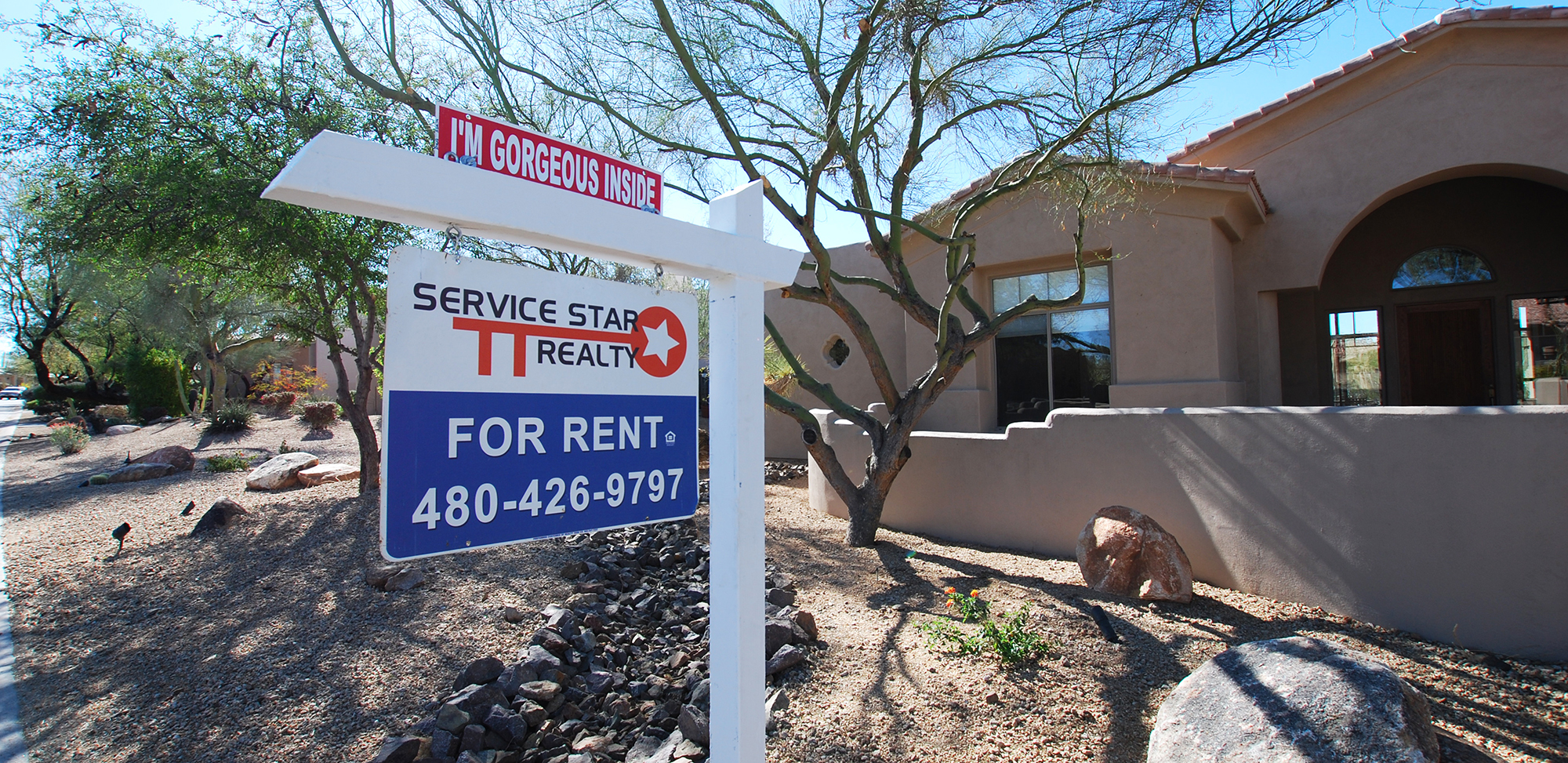Finding the right leasing agreement for your rental property can be challenging as a landlord. While traditional yearly leases are often the norm, another option has been gaining popularity in recent years: month-to-month leases.
These agreements allow tenants to rent a property month-by-month, with no long-term commitment required. But is a month-to-month lease better for landlords?
In this blog, we will explore the advantages and disadvantages of this type of lease and help you determine if it is the right choice for your rental property.
Benefits of a Month-To-Month Lease For Landlords
Here are some of the benefits of a month-to-month lease for landlords.
Flexibility to Adjust Rent Prices Frequently
One significant benefit of a month-to-month lease for landlords is the ability to adjust rent prices more frequently. With traditional yearly leases, rent prices are typically locked in for the duration of the lease.
However, with a month-to-month lease, landlords can adjust rent prices more frequently to reflect changes in the market or to account for property maintenance costs.
Ability to End the Lease Quickly
Another advantage of a month-to-month lease is the ability to end the lease quickly if problem tenants arise. With a traditional yearly lease, landlords may be stuck with problem tenants for the lease, which can be a frustrating and costly experience.
However, with a month-to-month lease, landlords can terminate the lease with a month's notice if necessary, allowing them to quickly address any issues and avoid potential damage to the property.
Opportunity to Attract Short-Term Tenants
A month-to-month lease also offers landlords the opportunity to attract short-term tenants. This can be particularly beneficial for landlords who own vacation properties or cater to students or professionals who are only in the area temporarily.

By offering a month-to-month lease, good landlords can attract a wider pool of tenants who may not be interested in a long-term commitment.
The Transition to a Long-Term Lease is Easier
Lastly, a month-to-month lease can make it easier for landlords to transition to a long-term lease if desired. If a landlord finds a tenant they believe would be a good fit for a long-term lease, they can offer the option to switch to a yearly lease with proper notice.
This flexibility can help landlords build long-term relationships with good tenants and avoid the hassle of constantly searching for new renters.
Drawbacks of a Month-To-Month Lease For Landlords
While a month-to-month lease may benefit landlords, some drawbacks should be considered.
As with any rental agreement, there are potential risks and challenges that landlords should be aware of before deciding on a month-to-month lease. Here are some of the drawbacks of a month-to-month lease for landlords.
Potential For Less Stable Income
One of the main drawbacks of a month-to-month lease for landlords is the potential for less stable income. With a traditional yearly lease, landlords can count on a steady stream of income for the duration of the lease.
However, with a month-to-month lease, tenants may leave on short notice, leading to vacancies and fluctuations in income. This can be particularly challenging for landlords who rely on rental income to cover expenses and maintain their properties.
Risk of Tenants Leaving on Short Notice
Another disadvantage of a month-to-month lease is the risk of tenants leaving on short notice. While the flexibility of a month-to-month lease may be attractive to tenants, it can also lead to more turnover and uncertainty for landlords.

When tenants can leave with just a month's notice, landlords may need to scramble to find new renters, which can be time-consuming and costly.
Increased Administrative Work
A month-to-month lease can also increase the administrative work required to manage more frequent lease renewals. With a traditional yearly lease, landlords only need to renew the lease once a year.
However, with a month-to-month lease, landlords may need to renew the lease every month and advertise, which can be time-consuming. This can be particularly challenging for landlords who manage multiple rental properties.
May Not Be Suitable For All Rental Properties or Markets
Lastly, a month-to-month lease may not be suitable for all rental properties or markets.
While it can be a good option for some landlords, it may not be the best choice for properties in areas with high demand for long-term rentals or for landlords who prefer the stability of a traditional yearly lease.
Additionally, landlords may need to adjust rent prices more frequently with a month-to-month lease, which may not be feasible in certain rental markets.
Factors To Consider Before Choosing a Month-To-Month Lease
When considering whether to offer a month-to-month lease as a landlord, there are several factors to consider. While a month-to-month lease may offer some benefits, such as flexibility, it may not be suitable for all rental properties or landlords. Here are some factors to consider before choosing a month-to-month lease:
Type of Rental Property and Location
The type of rental property and its location are important factors to consider before offering a month-to-month lease. Properties in areas with high demand for short-term rentals, such as vacation or tourist destinations, may be well-suited for a month-to-month lease.
.jpg)
However, properties in areas with a high demand for long-term rentals, such as residential neighborhoods or college towns, may be better suited for traditional yearly leases.
Target Tenant Demographic
The target tenant demographic is another essential factor before offering a month-to-month lease. A month-to-month lease may be more appealing to specific tenants, such as students or young professionals who may only need a rental for a short period.
However, families or individuals looking for a long-term rental may prefer the stability of a traditional yearly lease.
Financial Goals For the Property
Landlords should also consider their financial goals for the property before offering a month-to-month lease. While a month-to-month lease may provide flexibility, it may also lead to more turnover and vacancies, impacting rental income.
Landlords should consider their financial goals for the property, including expected rental income and expenses, before deciding on a month-to-month lease.
Personal Preferences as a Landlord
Finally, landlords should consider their personal preferences before offering a month-to-month lease. Some landlords may prefer the stability of a traditional yearly lease, while others may appreciate the flexibility of a month-to-month lease.
Landlords must consider their personal preferences and management style when deciding on a rental agreement.
Bottom Line
Thus, a month-to-month lease offers landlords flexibility but has potential drawbacks like less stable income and increased administrative work. Before deciding, consider factors like the rental property type, target tenant demographic, financial goals, and personal preferences.
If you are a landlord looking for assistance with managing your rental property, Service Star Realty is here to help.
Contact us today to learn more about our property management services and how we can help you maximize your rental income.
Service Star Realty
1525 N Granite Reef #16, Scottsdale, AZ 85257
(480) 426-9696















